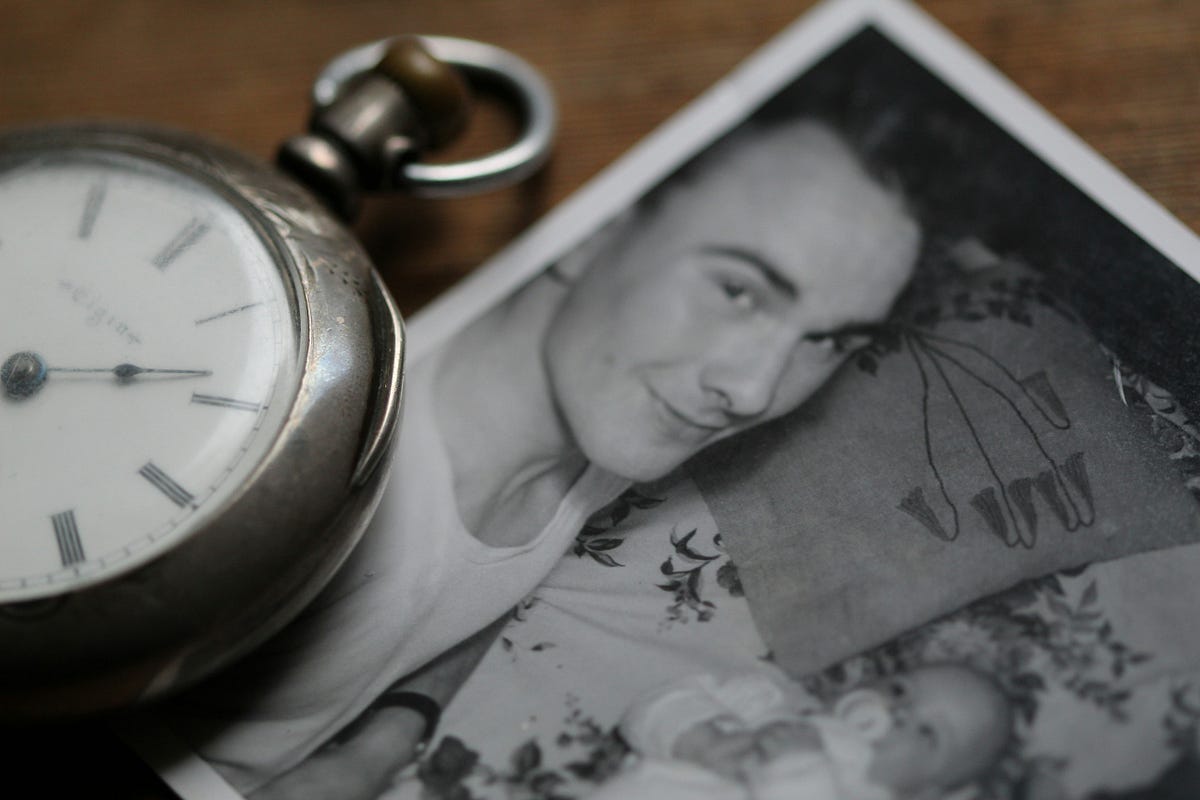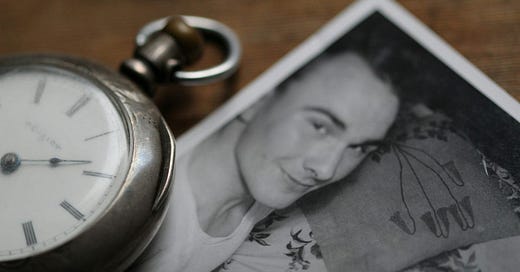What happened to my Celtic roots?

A number of years ago, my older sisters made a routine visit to the doctor’s office, feeling under the weather. Little did we know that this visit would set off a chain of events unravelling a mystery embedded in our family’s genetic code.
The doctor arranged a series of blood tests, and a few weeks later had the reports back. Amongst the various results, her physician advised one sister that she had sickle cell trait and advised that her siblings and their children should get checked for this same genetic trait.
At that time, I ignored this, believing she had been misdiagnosed, mainly because with my own background in Biochemistry, I understood that this trait was typically inherited by people of African, or Mediterranean descent.
Sickle Cell Anaemia
Sickle cell anaemia is a serious cellular condition in which affected individuals have inherited a copy of a recessive faulty chromosome from each parent, resulting in misshapen red blood cells, resembling a sickle shape, which are unable to transport the full requirement of oxygen around the body. This results in incapacity and often premature death in the individual.
However, many people only inherit one faulty copy of the chromosome, with the other copy being normal. As a consequence, that particular person becomes a carrier of the condition, but does not display the overt symptoms nor suffer any obvious injurious effects. This is called Sickle Cell Trait. Should they however have children with another person who also is a carrier, there is the possibility that some of the offspring will have the full blown sickle cell disease, having inherited two faulty versions of the chromosome.
A substantial number of people in the USA with African American heritage are carriers of this trait. Scientists had wondered why the trait persists through the generations as it appears to confer no advantages. The accepted theory is that any genetic mutation in humans will be perpetuated only if it is advantageous to the species, otherwise it will die out. It was subsequently discovered that sickle cell trait does in fact give some natural immunity to the incidence and effects of malaria.
I doubted the diagnosis given to my sister was mistaken. One reason was that I had researched my genealogy, and all generations on both of my parents families going back to the early 19th century, were initially Scottish and Irish, without any individuals of African or Mediterranean stock.
However, a large twist in the story occurred a few years ago.
Two of my brothers and two sisters decided to check their own and their children’s genotype, and to everyone’s surprise, found that the sickle cell trait was widespread down some of the current generations. With this news in mind, I began to go through all my genealogy files again.
A Break-through
Nestled in my genealogy files, was a clue. My great great grandfather, Donald MacDonald was listed as “Master of a vessel” on the marriage certificate of his daughter, Catherine Amelia MacDonald, and Catherine is shown to be born in Demerara, Guyana in 1831. Her mother was shown as Mary Williamson.
These are all good Scottish names, so I had always assumed that Donald, a ship’s captain, and his wife Mary had brought Catherine back to Scotland after her birth on one of his trips between Glasgow and Demerara, where he plied his trade shipping sugar and rum.
I started a new search on Catherine’s mother, Mary Williamson, and soon discovered that there was no trace whatsoever of her birth, life or death in the UK.
Her daughter Catherine is my great grandmother, who married and eventually died in Scotland. Captain MacDonald was lost at sea in 1843 off the coast of Guyana.
I began to research the lives of sailors on the route from Glasgow to Demerara in the 19th century, and one revelation immediately struck a chord.
Life at sea
Now, it was common practice, that ships’ captains, on their many trips over the years, would take a “wife” from the country they visited, preferably of what was then described as “high colour”, which referred to a woman with light skin, of mixed race. These women mostly assumed, or were given, English names by their “husbands”.
Any offspring ensuing would often be brought back to the UK to be educated there, especially if that child too was “light skinned,” but no birth records would be raised by the local church (which would normally be done for fully UK birthed children even if born abroad)
Guyana: A Composite Monograph” edited by K. O. Laurence
Guyana: From Slavery to the Present: Vol. 1, A Historical Overview by Vere T. Daly
At last, I had a possible explanation of the isolated appearance of sickle cell trait in the family.
With the history of how ships’ captains lived at that time, the fact that no certificated trace was ever found of Mary Williamson, and no birth record of my great grandmother was to be found, I have assumed that the most likely explanation of my families sickle cell trait lies in South America.
The story of sickle cell trait in our family serves as a testament to the complex interweaving of lives across oceans and centuries, reminding us that our genetic line may hold surprises that defy the expectations of our presumed heritage.
Looking across the chapters of my family history, the presence of the sickle cell trait invites me to reflect on the broader human experience, and is a prompt to acknowledge the shared struggles and triumphs of our ancestors, whose lives were shaped by circumstances beyond their control. In doing so, I have come to understand that our familial journey is part of a larger narrative, woven with the threads of countless individual stories that collectively contribute to the vibrant mosaic of human existence.
Ultimately, the story of the sickle cell trait in my family transcends the boundaries of biology. It becomes a symbol of interconnectedness, resilience, and the profound understanding of shared human experience that binds us across oceans and centuries.
The evolution of an education system in 19th Century colonial British Guiana — Guyana Chronicle




